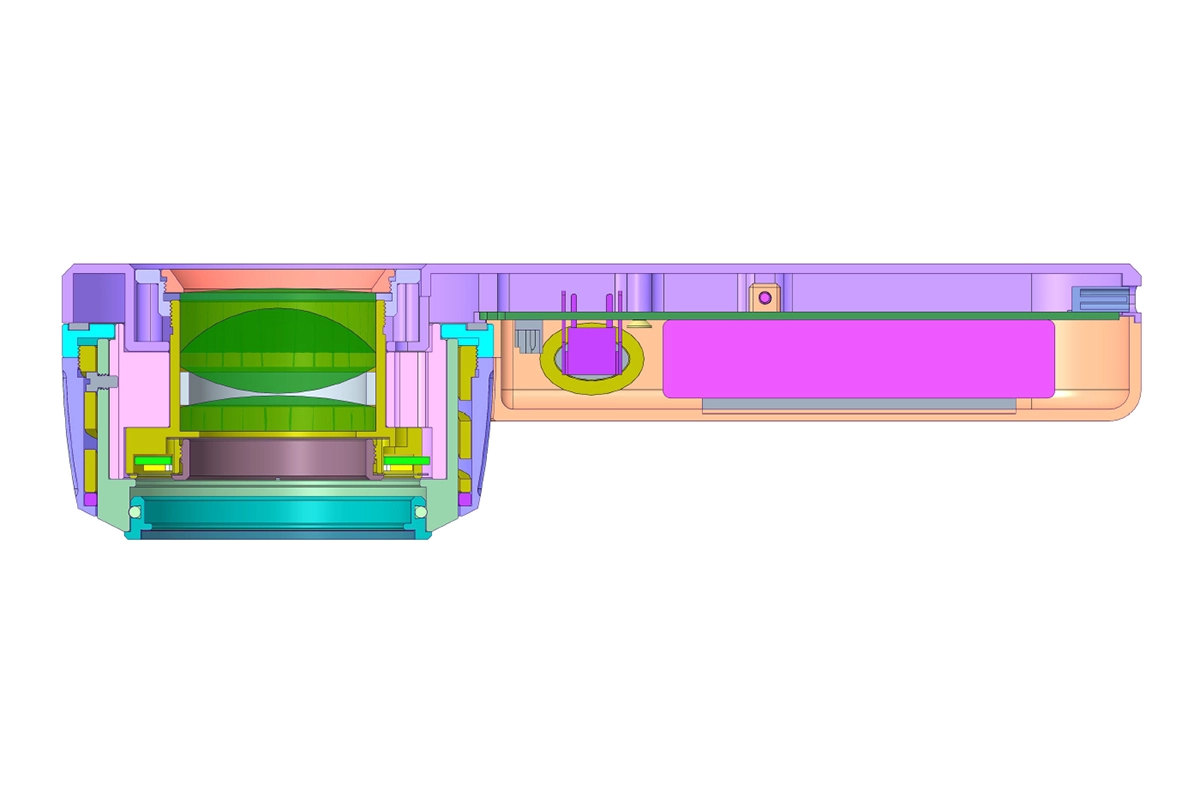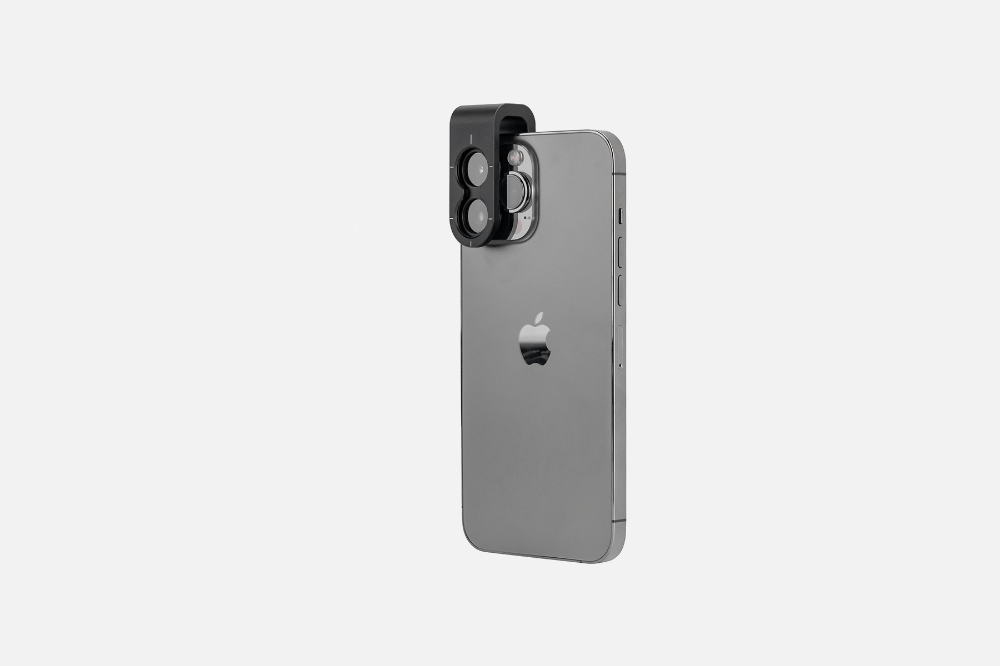Professional Handheld 10X Magnify DE-4100 Dermatoscope
Professional Handheld 10X Magnify DE-4100 Dermatoscope
$699.00
-
In Stock
-
Arrive in 5-7 days
-
Free Shipping Worldwide $59+
-
2 Years Warranty
- 10 x Magnification
- 32mm wide field of view (Aperture)
- Polarized, non-polarized, and amber lightillumination
- Detachable protective glass
- Automatic shutdown
- Included adapter fits all phone
- Bright LED illumination lights with 3 levels of brightness control
- All-metal housing
|
Material |
Optical & Aluminum |
|
Optical Design |
All glass, 4 elements, 3 groups |
|
Lens Diameter |
40mm(front), 32mm(rear) |
|
Magnification |
10X |
|
Distortion |
8% |
|
Resolution |
300 LP/MM (Axis) 250 LP/MM (Edges) |
|
Polarization |
Cross Polarized |
|
LED Type |
SMD LED beads |
|
Battery Capacity |
1000mAh Lithium ion |
|
Charge |
USB-C |
|
Close Focus |
30mm |
|
Dimensions |
Φ55mm*H50mm*L195mm |
|
Weight |
305g |
$699.00
-
In Stock
-
Arrive in 5-7 days
-
Free Shipping Worldwide $59+
-
2 Years Warranty
How to Use
Check out our step-by step quick start guide of the device.
Why Choose IBOOLO DE-4100
Under Naked Eye
Our dermoscopy is designed to support you in this endeavor - enhance a doctor’s view of the skin as much as possible.
Dermatoscopes are handy tools for spotting skin cancer, but they also help check out common skin issues like atopic eczema, psoriasis, rosacea, Grover’s disease or lichen ruber planus in daily practice.
A Picture Speaks a Thousand Words
Toggle to hold the "after" image


Why Choose IBOOLO Dermatoscope
Reviews
1 review for DE-4100 Dermatoscope
Only logged in customers who have purchased this product may leave a review.
Learn More
What are the Common Skin Cancers?
Skin cancer stands out as the most prevalent form of cancer globally, with millions of new diagnoses annually. Unlike many other cancers, skin cancer often presents visible signs, making early…
IBOOLO Optical Dermatoscope
An optical dermatoscope is a medical device used in dermatology to examine skin lesions. This non-invasive tool is essential for the early detection and diagnosis of various skin conditions, including…
Digital Dermatoscope Vs. Optical Dermatoscope
In the realm of dermatology, two primary tools aid professionals in examining skin lesions: digital dermatoscopes and optical dermatoscopes. A digital dermatoscope is a sophisticated device that combines traditional dermatoscopy…



















































Marcia Costa Mexico
–
Mexico
–
amei meu dermatoscopio.perfeita qualidade !!!! o vendedor super atencioso! rapidez na entrega do produto, chegou super bem embalado . super recomendo!!!!!